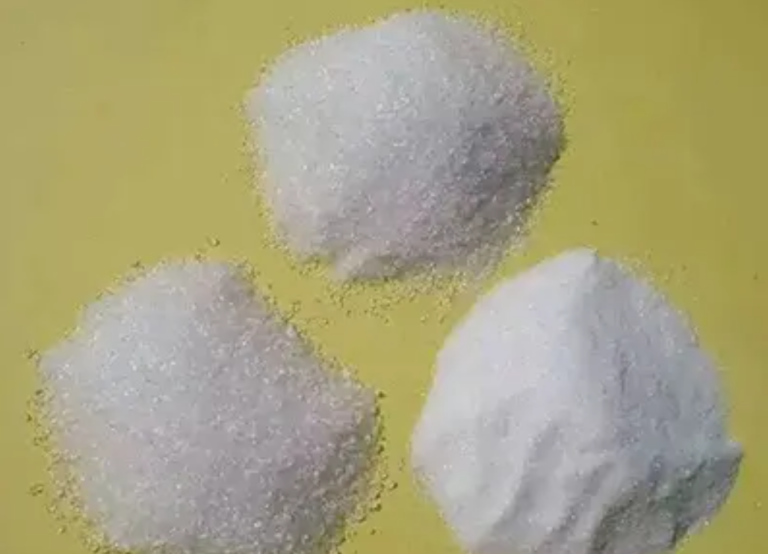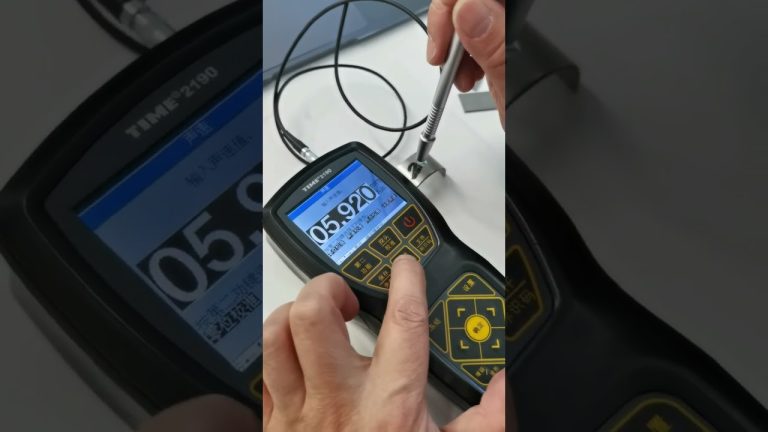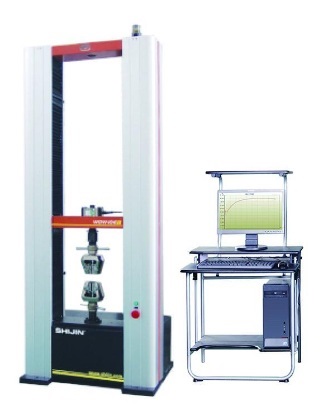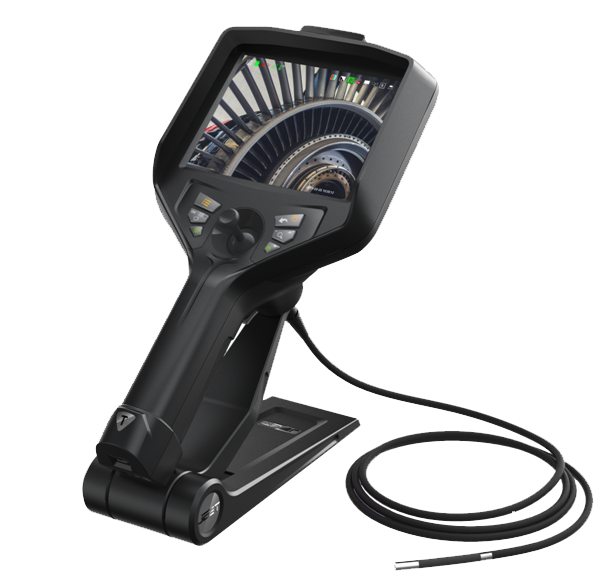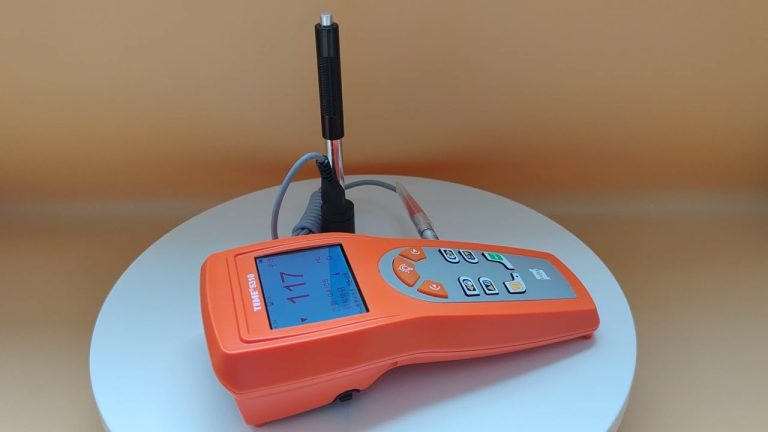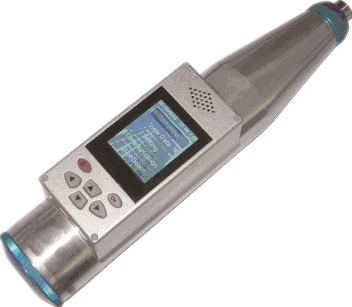From clothing, shoes and hats to home textile products, color plays a very important role in consumers’ choice of textiles.
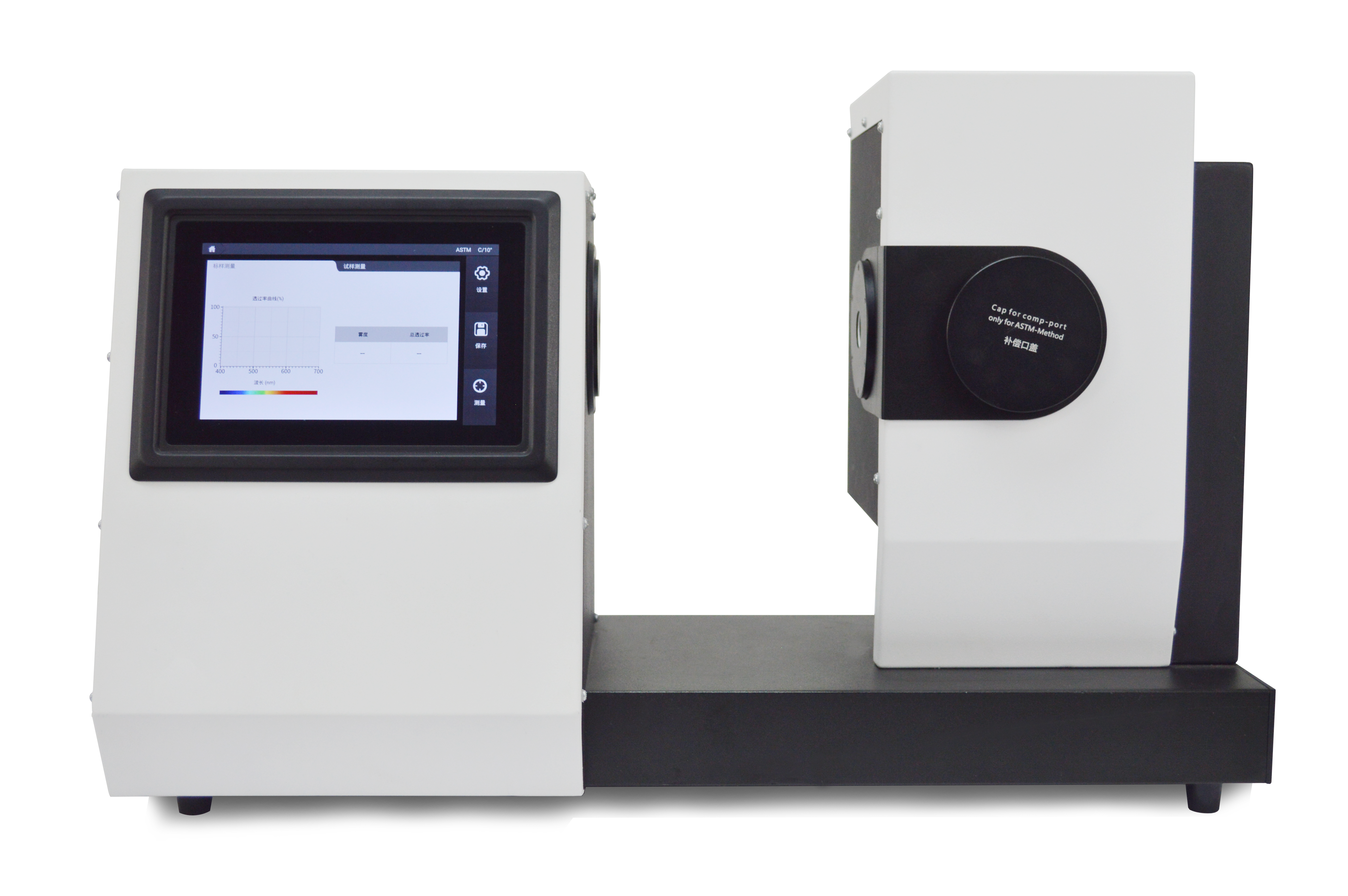
Facing shorter and shorter delivery cycles, higher and higher production costs, and increasingly stringent quality and production efficiency requirements, enterprises in the clothing and textile industry have to work hard to maintain their international competitiveness.
Speeding products to market is critical for the textile and apparel industry, but when analyzing complex textiles such as patterns, laces, zippers, yarns, etc., as well as facing differences in fabrics, dyes and production processes, rapid communication and accurate implementation of color is crucial A big obstacle.
For textile products, color, as perceived by the human eye, is tantamount to the throat of the industrial chain. Good colors not only score products, but also increase customers’ desire to buy.
Correspondingly, in the specific finishing and dyeing process of the textile industry, the problem of color difference is also a headache. There are color differences between batches, cylinder differences in the same batch, tube differences in the same cylinder, front and rear color differences, left and right color differences, discoloration color differences, etc. There are a lot of color difference problems, too numerous to mention.
So how to improve these color difference problems?
First of all, we need to know that the above-mentioned troublesome color difference problems are all caused by the arrival inspection. Even when the dry and wet color fastness and other inspection indicators are passed, no obvious color difference is found when the entire cloth is inspected. Batch color differences, tank differences, etc. discovered after completion are color difference problems observed with the naked eye.
Then, here comes the real question. The prerequisite for solving color difference is how to evaluate color difference. Why do you think there is a color difference, but he thinks there is no color difference? What is the standard? How to test?
There are generally two identification methods on the market today.
- Use a light box. Look at the color difference between two pieces of cloth under a specific light source. The disadvantage of this method is that the same color looks the same under a certain light box, but it looks different when changing the light source.
- Use a spectrophotometer to measure the color of the fabric itself, independent of the light source. If the color difference measured by a spectrophotometer is small, the color difference will be very small when viewed under any light source. Nowadays, spectrophotometers are also gradually replacing light boxes. Currently, Nike/Addias/Coats, etc. all use this method.

